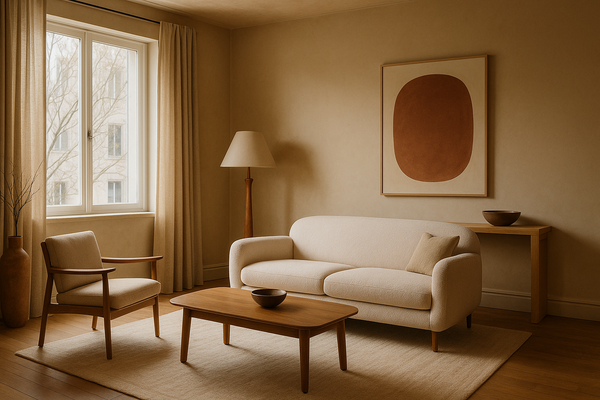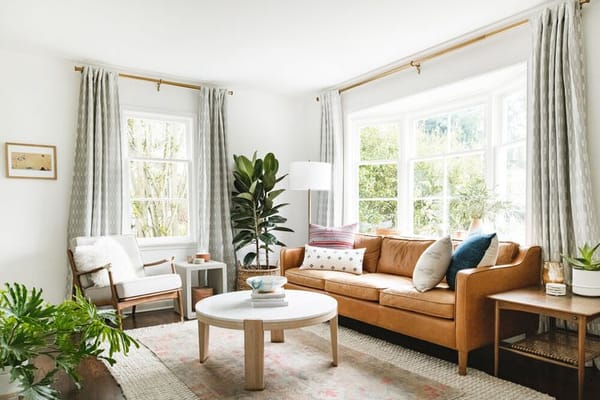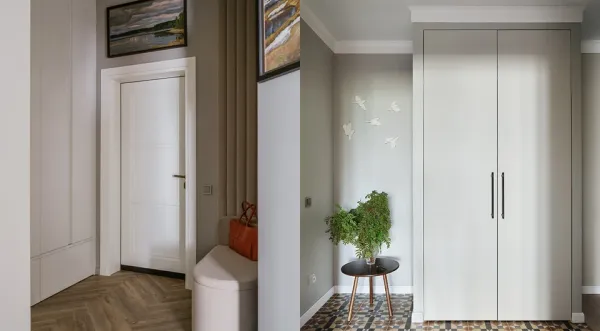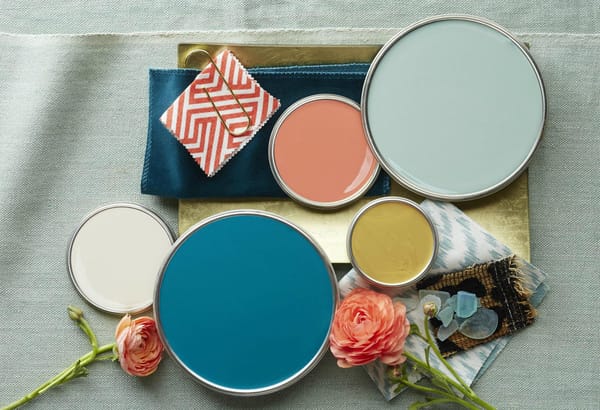Lesson 11: The Power of Empty Space in Interior Design
Empty space isn't a lack of design, it's a key to it. Learn how leaving room to breathe makes your home feel calmer, brighter, and more alive.
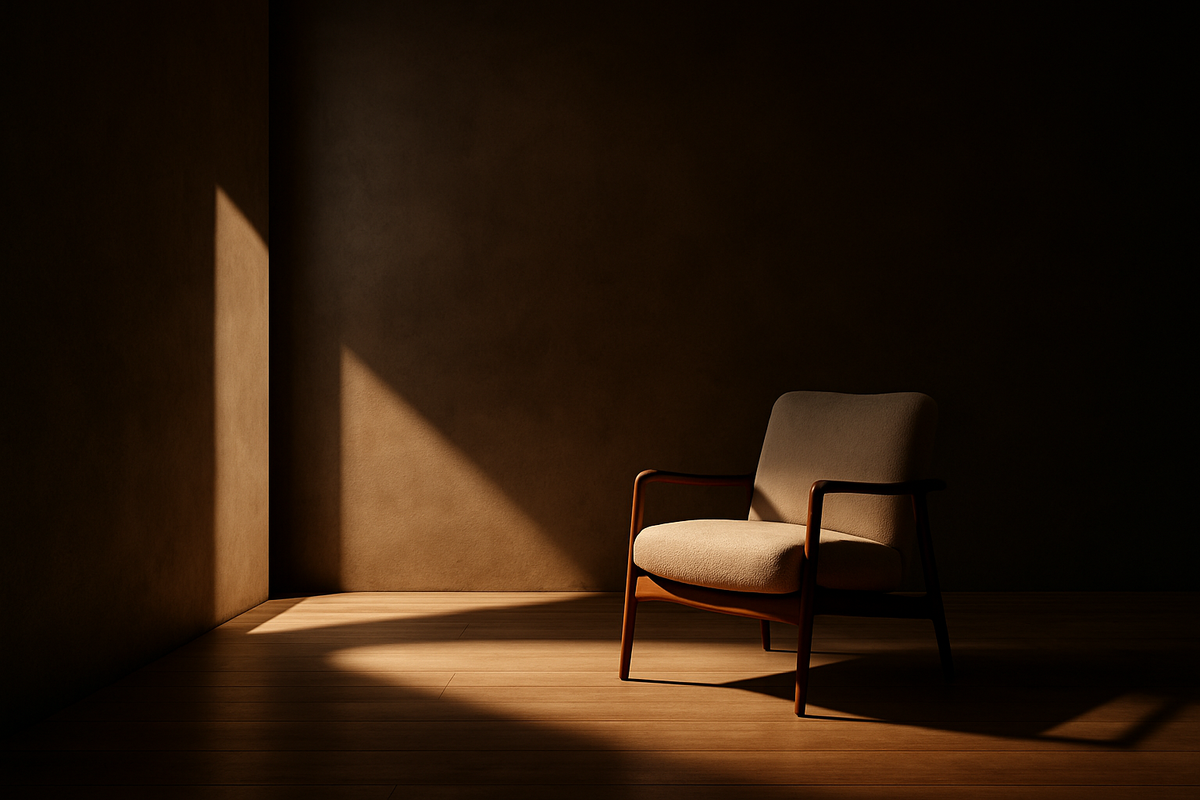
Why is empty space so important?
When we first begin decorating our homes, the instinct is often to fill. Fill the shelves. Fill the walls. Fill the corners. We want it to feel cozy, complete, alive.
But what if the opposite is also true? What if the most powerful design tool isn't something you add, but something you leave out?
Empty space, often called negative space, is the part of a room that is left intentionally bare. Its the silence between the notes. The pause between sentences. And in design, it's what lets everything else breathe.
The more you understand how to use it, the more peaceful, elegant, and spacious your home begins to feel.
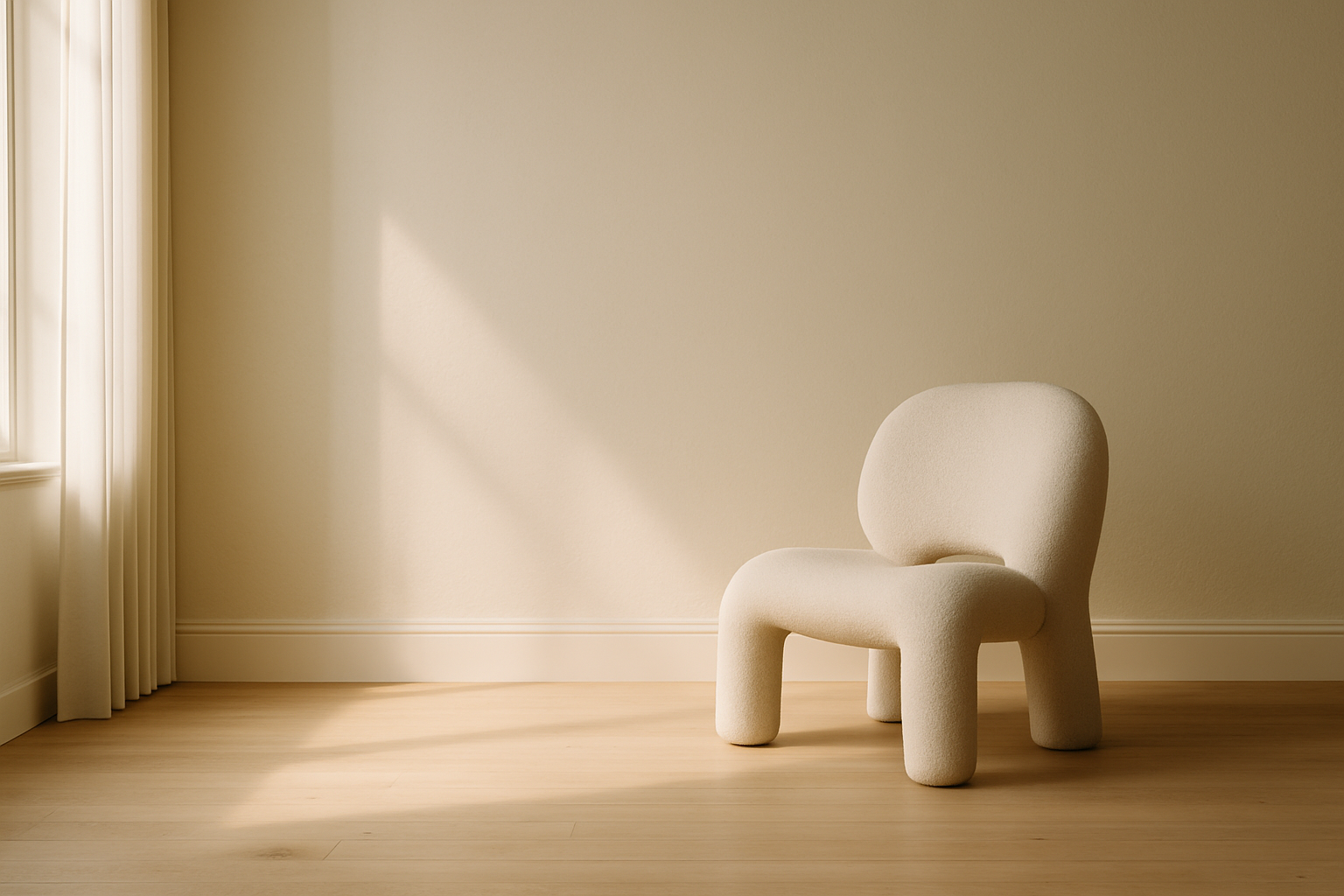
Space is not emptiness
There's a difference between an empty room and a room with empty space. An empty room feels unfinished. But a room with negative space feels intentional. Open. Balance. Thoughtful.
It's not about doing less for the sake of minimalism. It's about allowing room for focus. When you give an object space, you give it attention. You let the eye land softly. You let light bounce naturally.
A single piece of art on a white wall can feel more striking than a gallery of twelve. One sculptural vase on a clean console can be more elegant than a crowded arrangement of books and candles.
This space around objects creates contrast. And contrast is what creates impact.
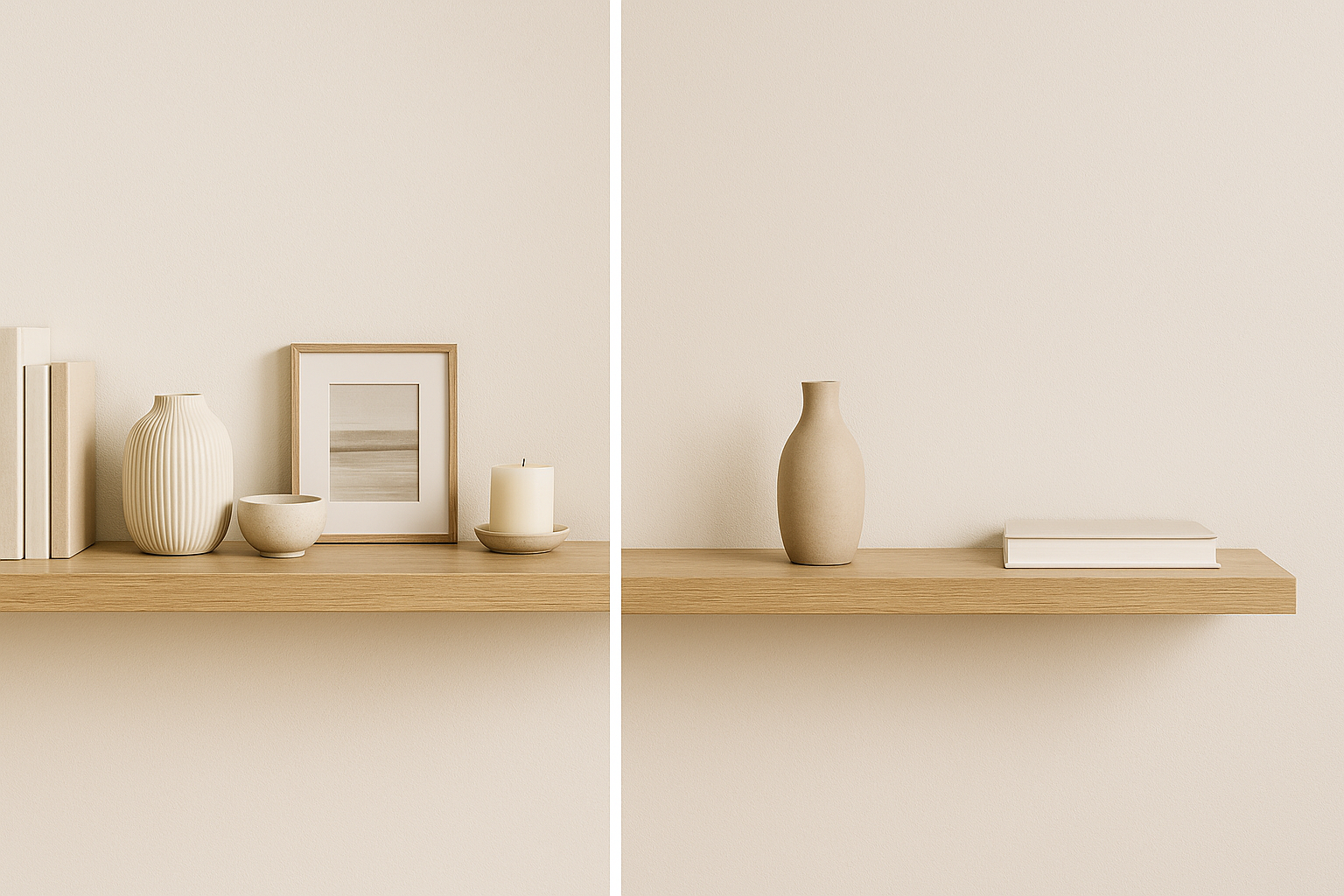
The psychological power of space
Our eyes and minds need rest. If every surface in a room is busy, cluttered, or competing for attention, it can become visually overwhelming. Even a beautifully styled home can start to feel chaotic if it's too full.
Empty space calms the senses. It lowers the volume of the room. It invites a slower, deeper appreciation of what's there.
You may have experienced this feeling in a quiet gallery or a serene hotel room. The furniture is simple. The decoration is minimal. And somehow, you feel more at ease. That's not a coincidence. That's the power of negative space working on your nervous system.
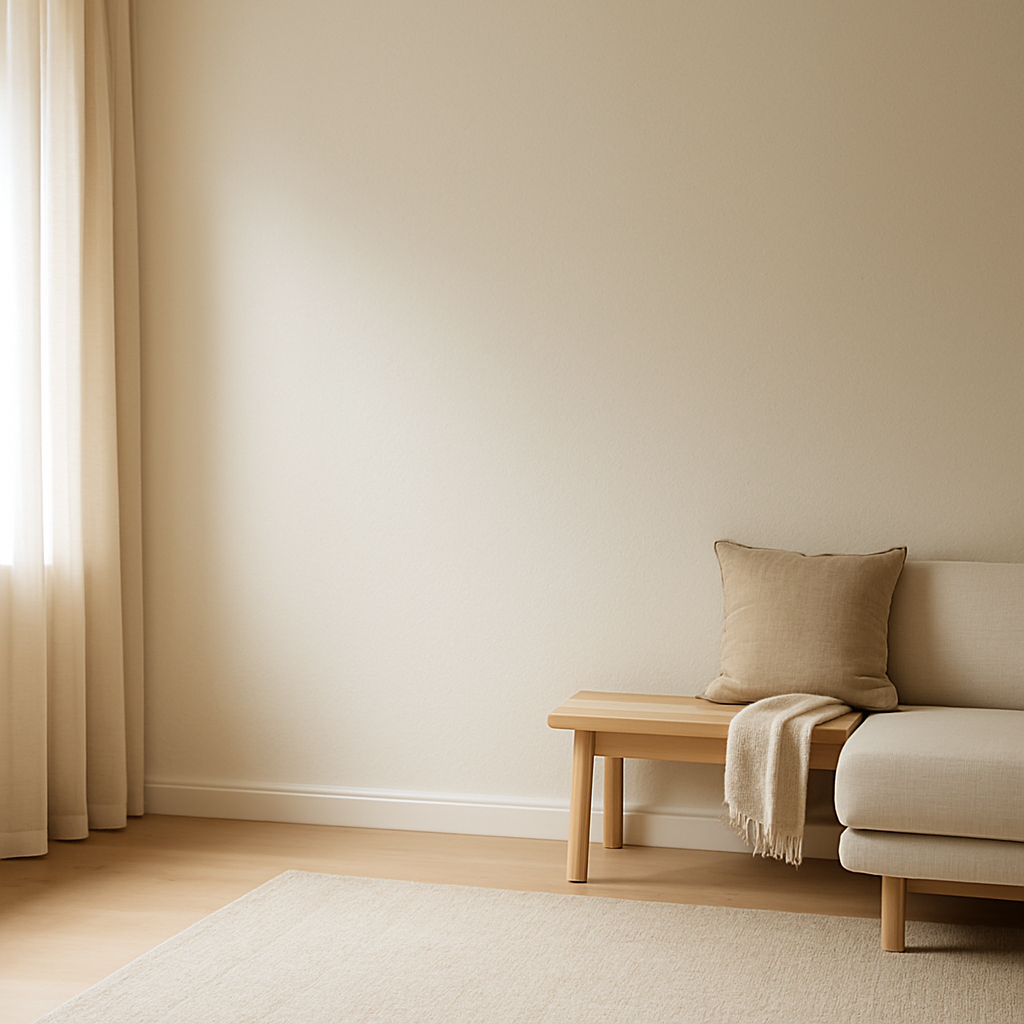
How to use negative space at home
You don't need to live in a stark, white box to benefit from empty space. This isn't about removing personality or living without joy. It's about balance.
Here are a few quiet ways to bring more space into your design:
- Leave intentional gaps. Let your furniture breathe. Don't push everything up against the walls or into every available corner.
- Simplify groupings. Instead of spreading items out evenly across a surface, gather them in one small cluster, and leave the rest bare.
- Edit your walls. Not every wall needs artwork. Leaving one blank can help the art on the opposite wall stand out even more.
- Resist the urge to fill. Shelves don't need to be packed. Let some books stand alone. Let a sculptural object shine without company.
- Use light as space. A sheer curtain, a white wall, or a reflection in a mirror can create the feeling of openness, even in smaller rooms.
The key is intention. Space should feel like a choice, not an accident.
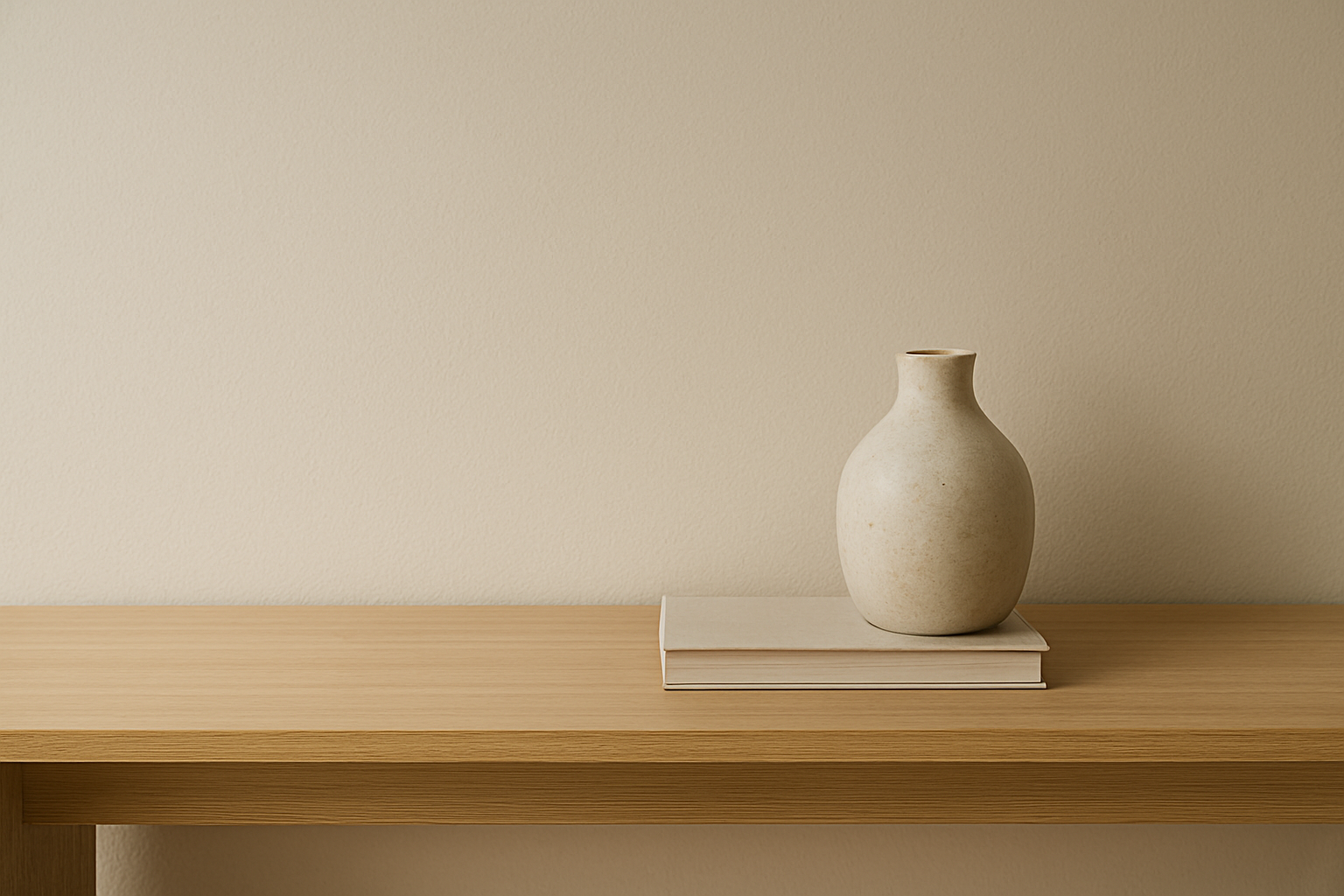
Empty corners can hold the most peace
One of the most common design mistakes is feeling like every corner of a room needs something: a plant, a chair, a basket, a lamp. But sometimes, the most peaceful corner is the one that's left untouched.
An empty corner creates breathing room. It frames the rest room and gives the eye a place to rest. It allows other moments in the space to feel stronger, because they're not competing for attention.
In traditional Japanese interiors, this idea is central. A single branch in a vase. A narrow shelf with one ceramic bowl. The simplicity isn't emptiness, it's respect. Each item is given dignity, and the space around it honors its form.
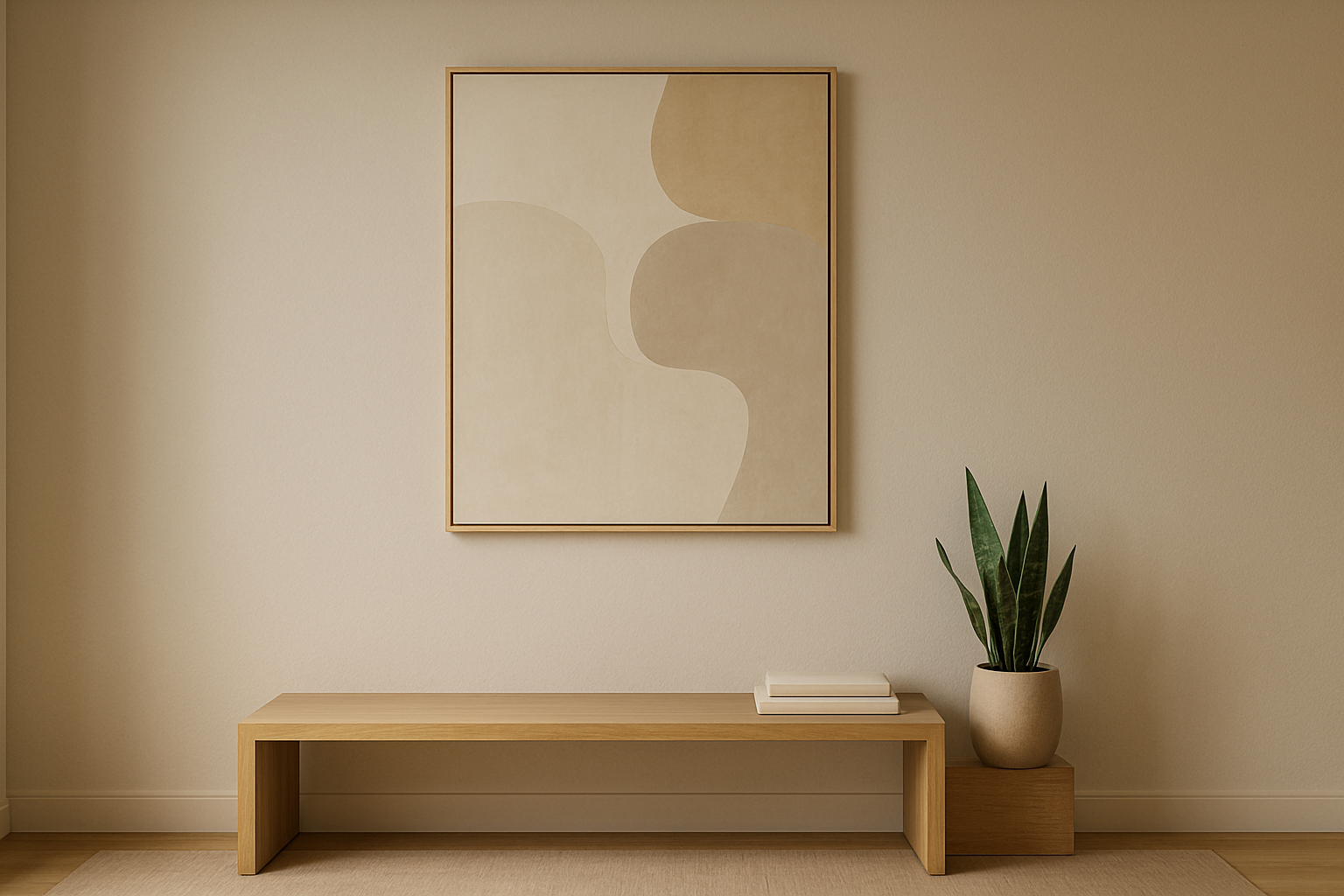
Let your home breathe
Imagine your home taking a breath in and a breath out. When everything is tightly packed, the breath is shallow. But when you allow room to pause, to open, to soften, the breath becomes deeper. So does the feeling in your space.
Letting your home breathe doesn't mean making it cold or lifeless. Quite the opposite. It makes it feel alive, in a quiet and confident way.
Negative space allows beauty to show up naturally. It lets moments feel special. It makes walking into the room feel like arriving, not rushing.
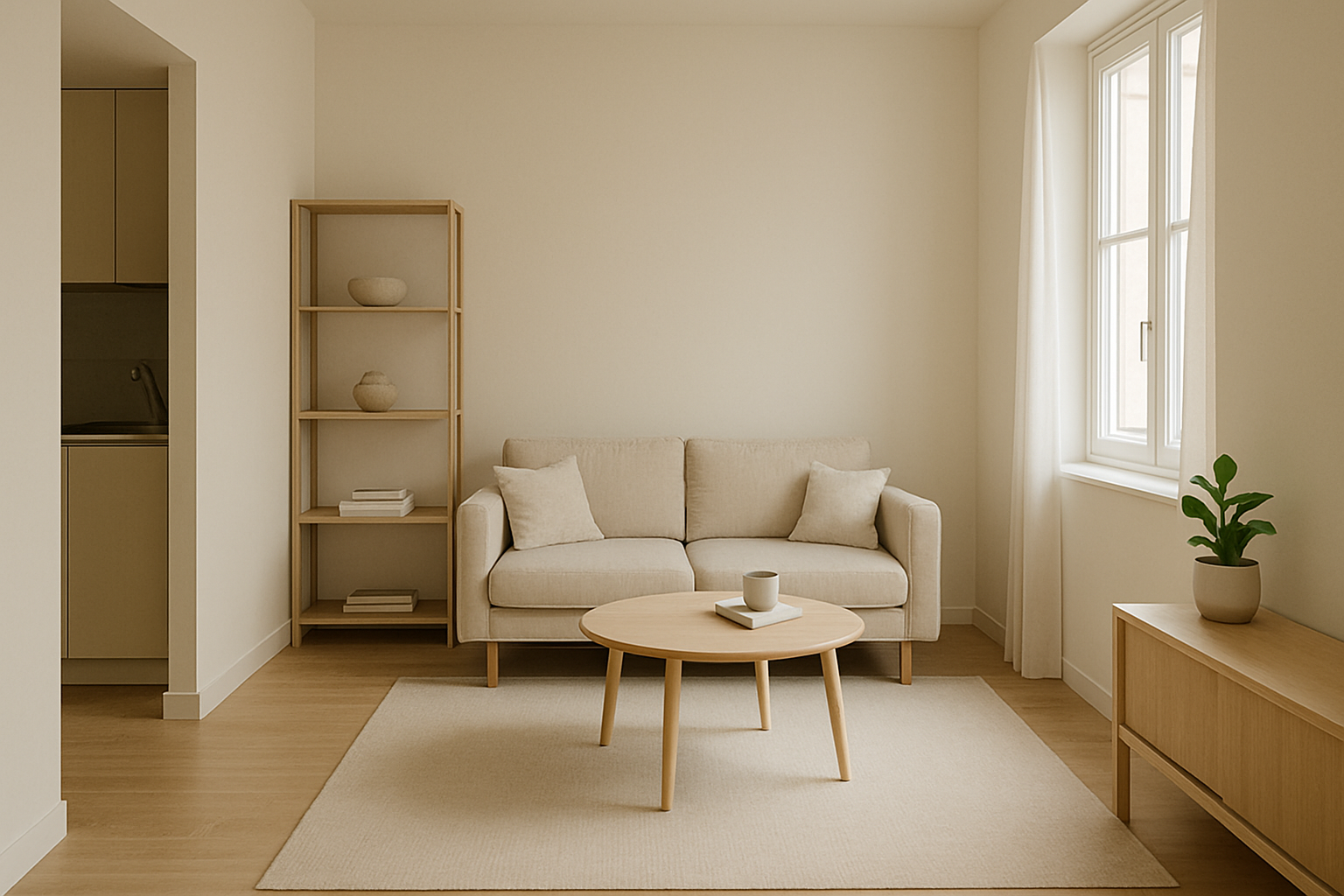
Space is an invitation
The beauty of empty space is that it asks nothing of you. It doesn't distract. It doesn't demand. It simply holds the room together without trying too hard.
Design doesn't always need more color, more texture, more things. Sometimes, it just needs space for the beauty you already have.
So the next time you feel like a shelf looks "unfinished," or a wall feels "bare," ask yourself: Does it really need more? Or is it already doing something important by simply being quiet?
Leave it. Live with it for a few days. Notice how it changes the feeling of the room.
You might be surprised how peaceful your home becomes when you give it room to exhale.
Want more lessons like this?
This was Lesson 10 of the Aesthete Daily Lessons. You can find the previous 9 lessons here, and if you'd like early access to upcoming content, ad-free reading, and exclusive lessons, consider becoming a supporter. It's just 3.99/month and helps my project grow.

